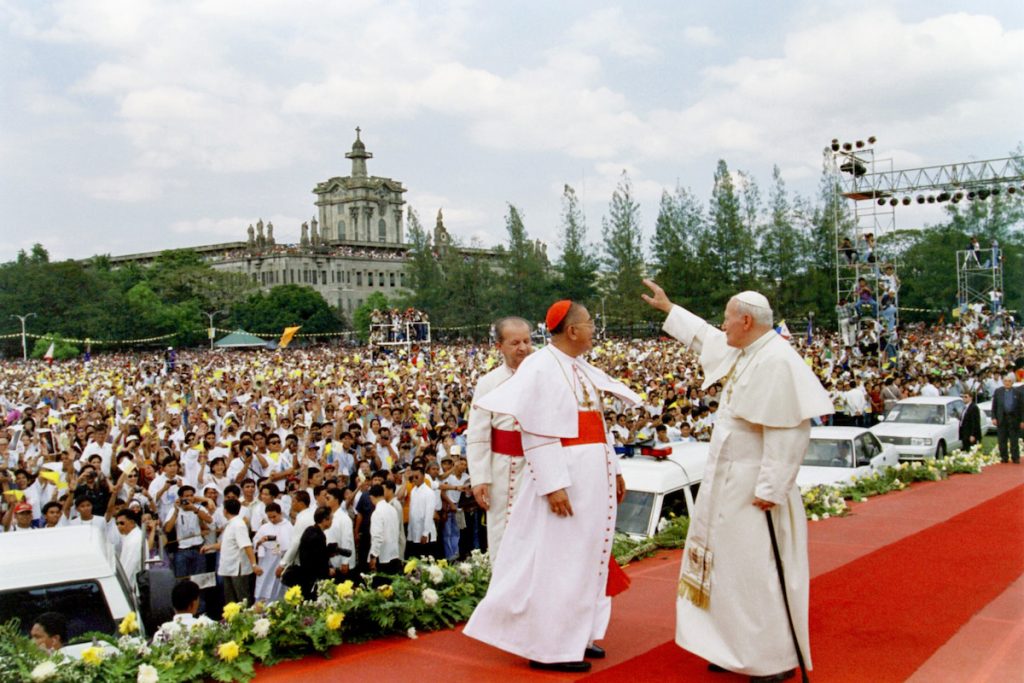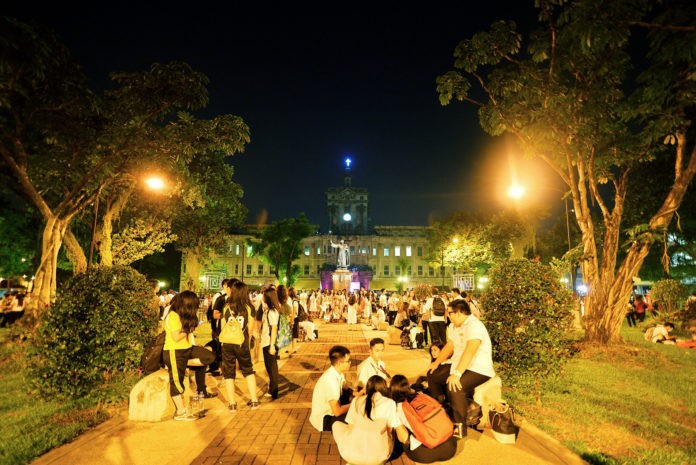The University of Santo Tomas in Manila, Asia’s oldest Catholic university, urged its graduates to “love more than ever” as the school marked its 410th founding anniversary on April 28.
In his message during the celebration, university rector Father Richard Ang, O.P. reminded the university’s graduates to look back to the school’s long history for “lessons and inspiration.”
“It is timely to look back,” said the Dominican priest. “We may have different characters but we are one as Thomasians,” added Father Ang.
This year’s activities, which were mostly held online due to the health crisis, carried the theme “500 Years of Christianity: 410 Years of Fidelity.”
“I ask myself if it is proper to hold a special occasion this year while many are suffering because of the pandemic,” the Varsitarian, the university’s official paper, quoted the priest as saying in Filipino during Mass on Wednesday.
“But we need to be encouraged to continue our academic community,” he said, adding that the past is “like a mirror” where people can see themselves reflected “to understand the future.”
He told “Thomasians” that looking back “is not intended at all to burden your memory.”
“It is meant to illuminate your soul and revitalize the ‘Tria Haec’ hiding inside you,” said the priest. “We need to love more than ever,” added Father Ang.
Standing on top of the main building of the university are three statues, the so-called “Tria Haec,” representing Hope, Faith, and Love.
“Today, there is an ongoing war, the war for life, war for health and war for well-being,” said Father Ang.
He said that as people deal with “weaknesses and vulnerabilities with the grim reality of sorrow, death and desperation … We need to hope more than ever even if there are causes for despair.”
Hope transcends such hardships,” said the priest.

The University of Santo Tomas was established on April 28, 1611, to realize the wish of Archbishop Miguel de Benavides of Manila to open a seminary-college to prepare young men for the priesthood.
Upon his death in July 1605, Benavides bequeathed his library and personal property worth 1,500 pesos to be used as the seed fund for the establishment of an institution of higher learning.
In 1609, permission to open the college was requested from King Philip III of Spain. The approval reached Manila in 1611.
The Colegio de Nuestra Señora del Santísimo Rosario was established on April 28, 1611, from the Benavides’s library. Later renamed Colegio de Santo Tomas, it was elevated by Pope Innocent X to a university on November 20, 1645, making the institution the first in the country to be formally elevated to the status of university.
The school was given the title “Royal” by King Charles III of Spain in 1785 then “Pontifical” by Pope Leo XIII in 1902 in his constitution Quae Mari Sinico, and the appellative “The Catholic University of the Philippines” by Pope Pius XII in 1947.
The university is the first and only formally declared royal and pontifical university in the Philippines.
Since its establishment in 1611, the university’s academic life was interrupted only twice: from 1898 to 1899, during the Philippine Revolution against Spain, and from 1942 to 1945, during the Japanese occupation of the country.









